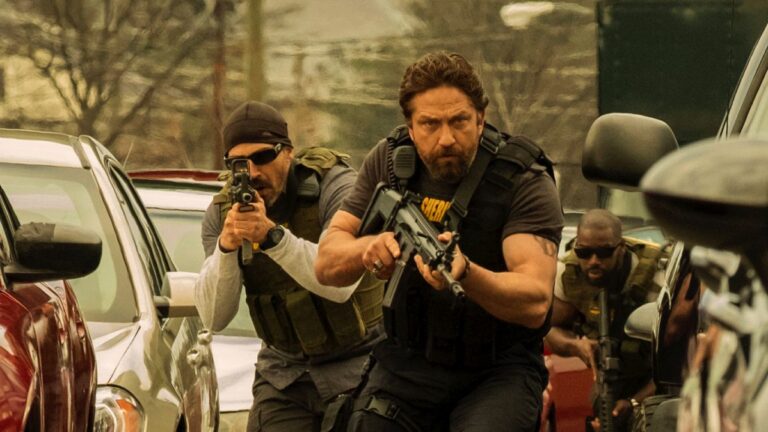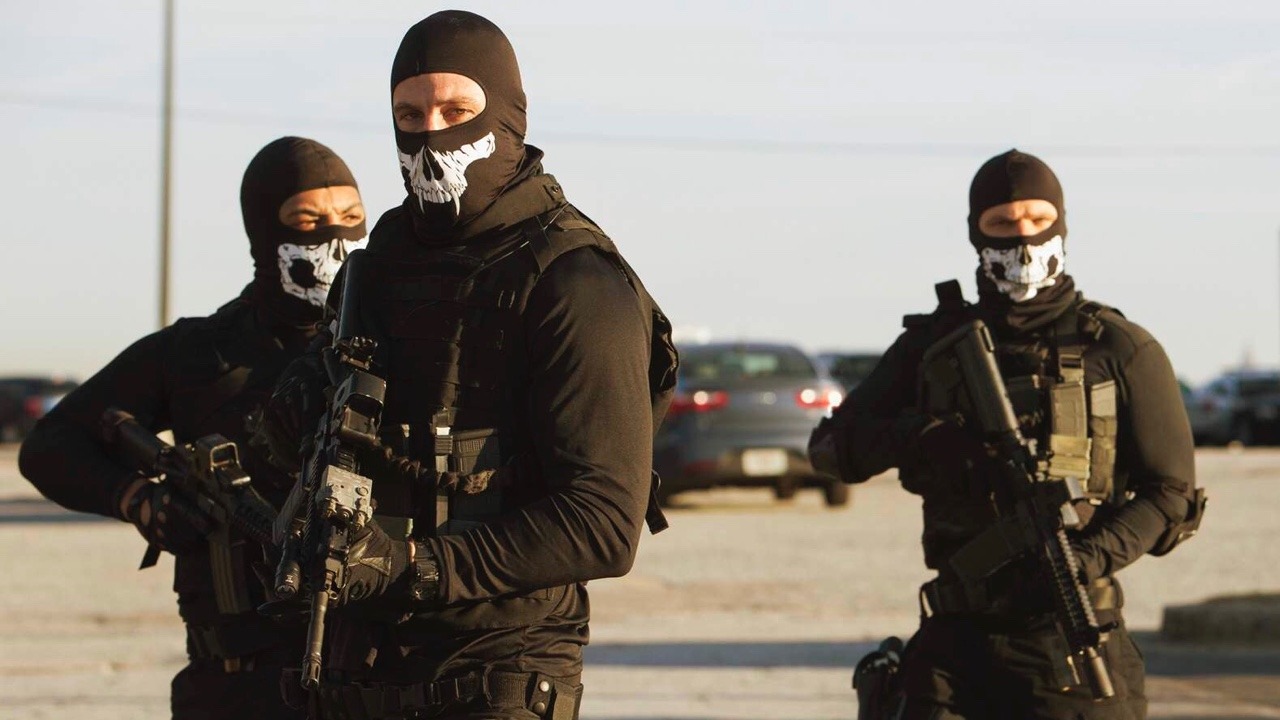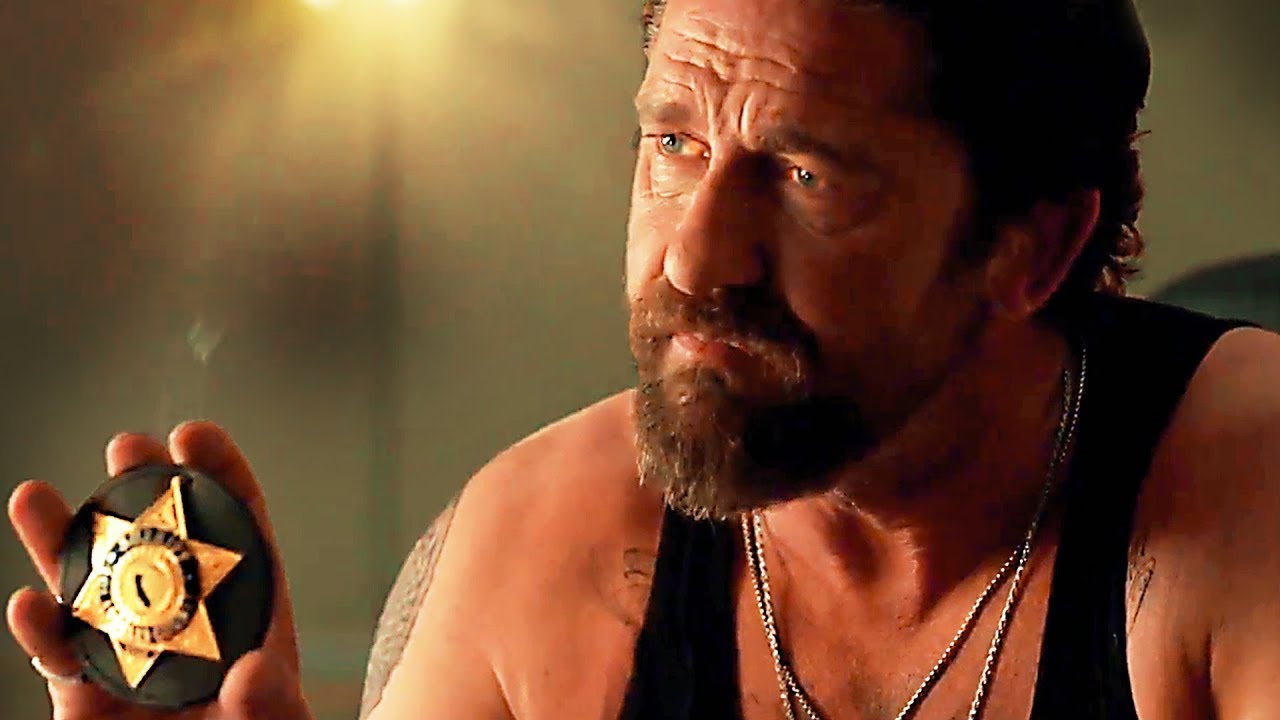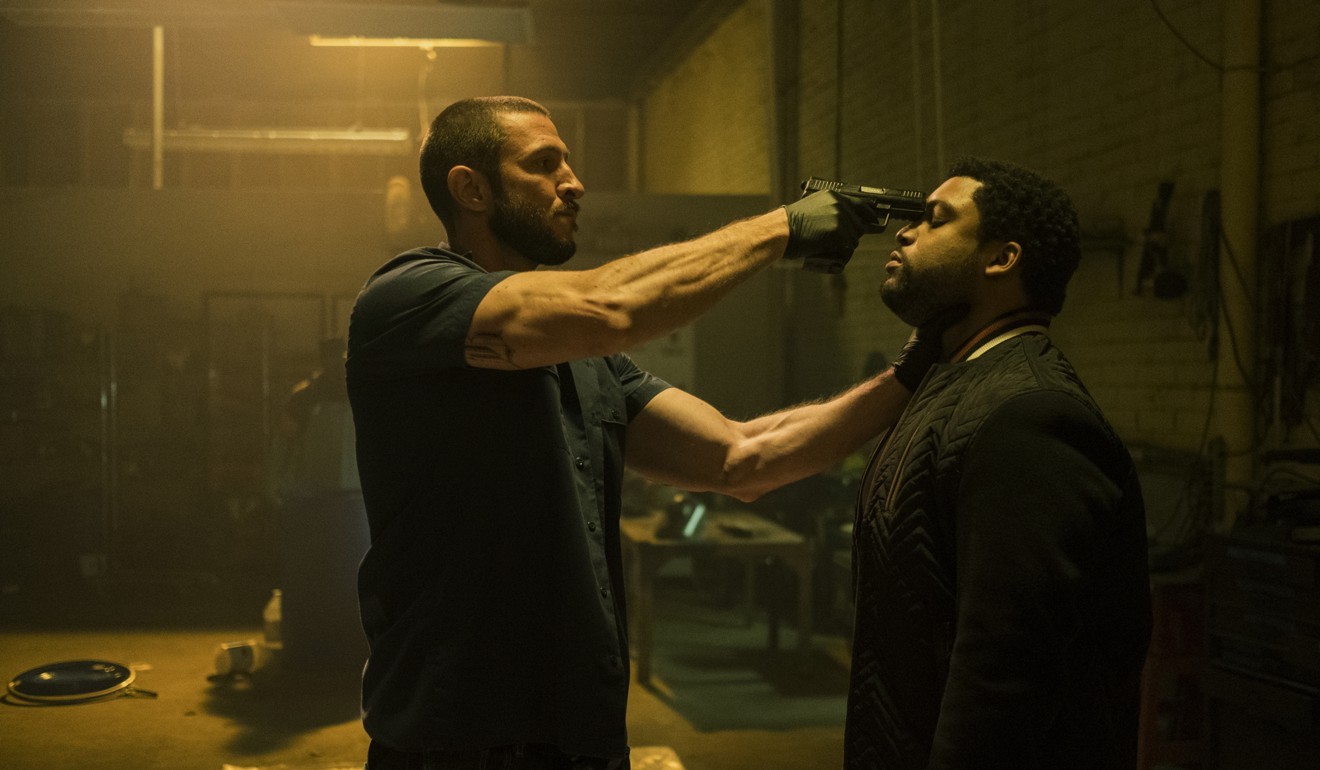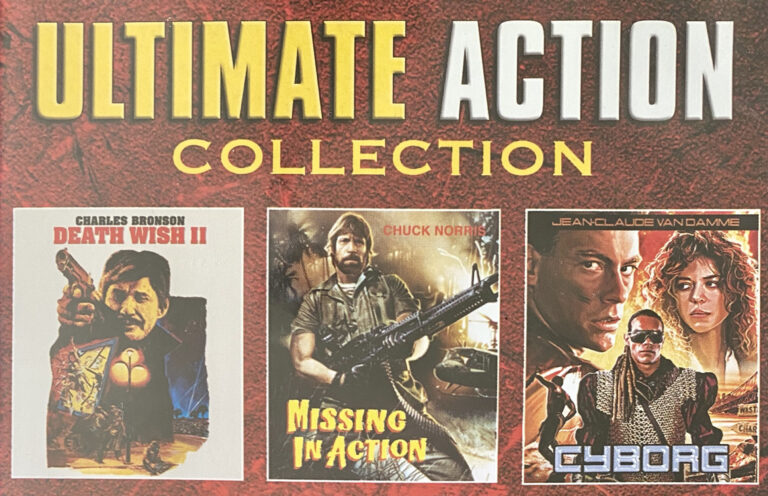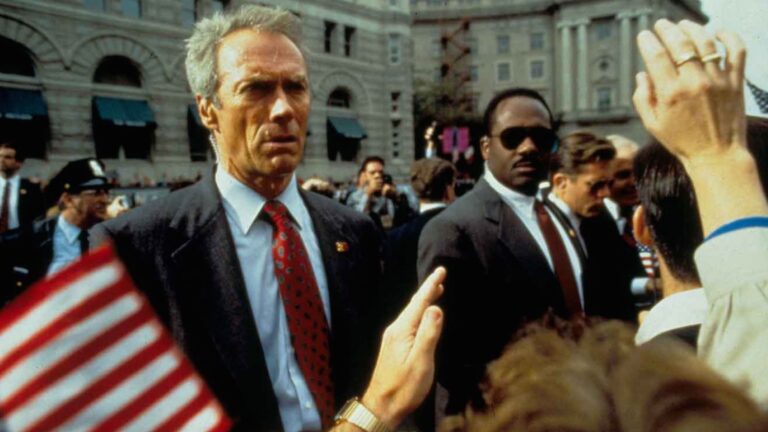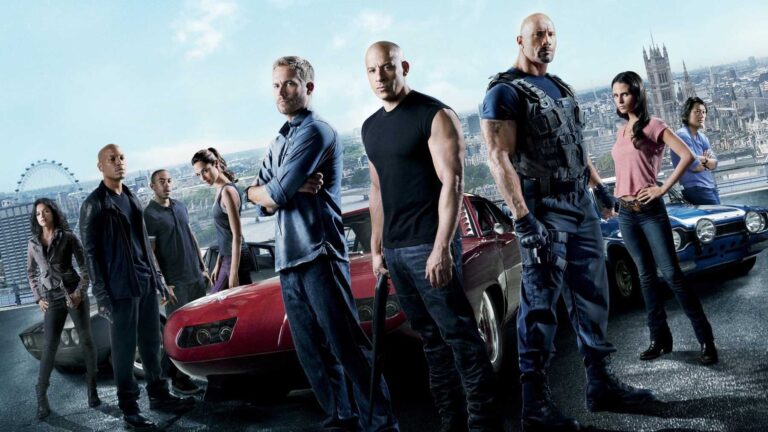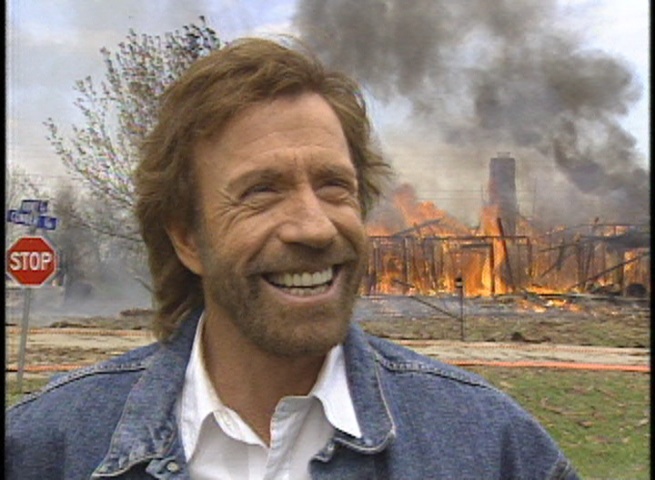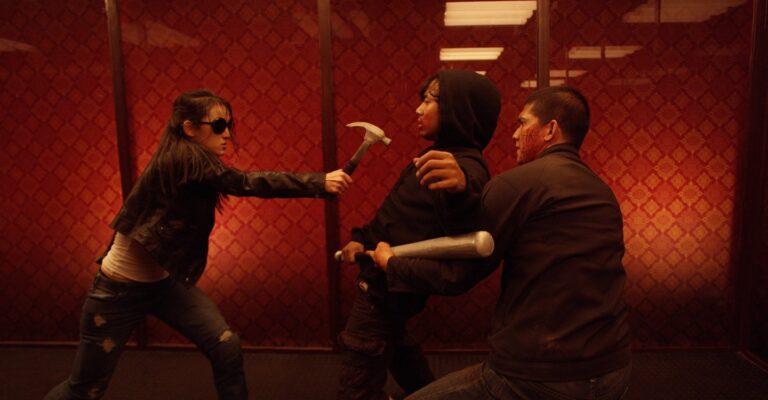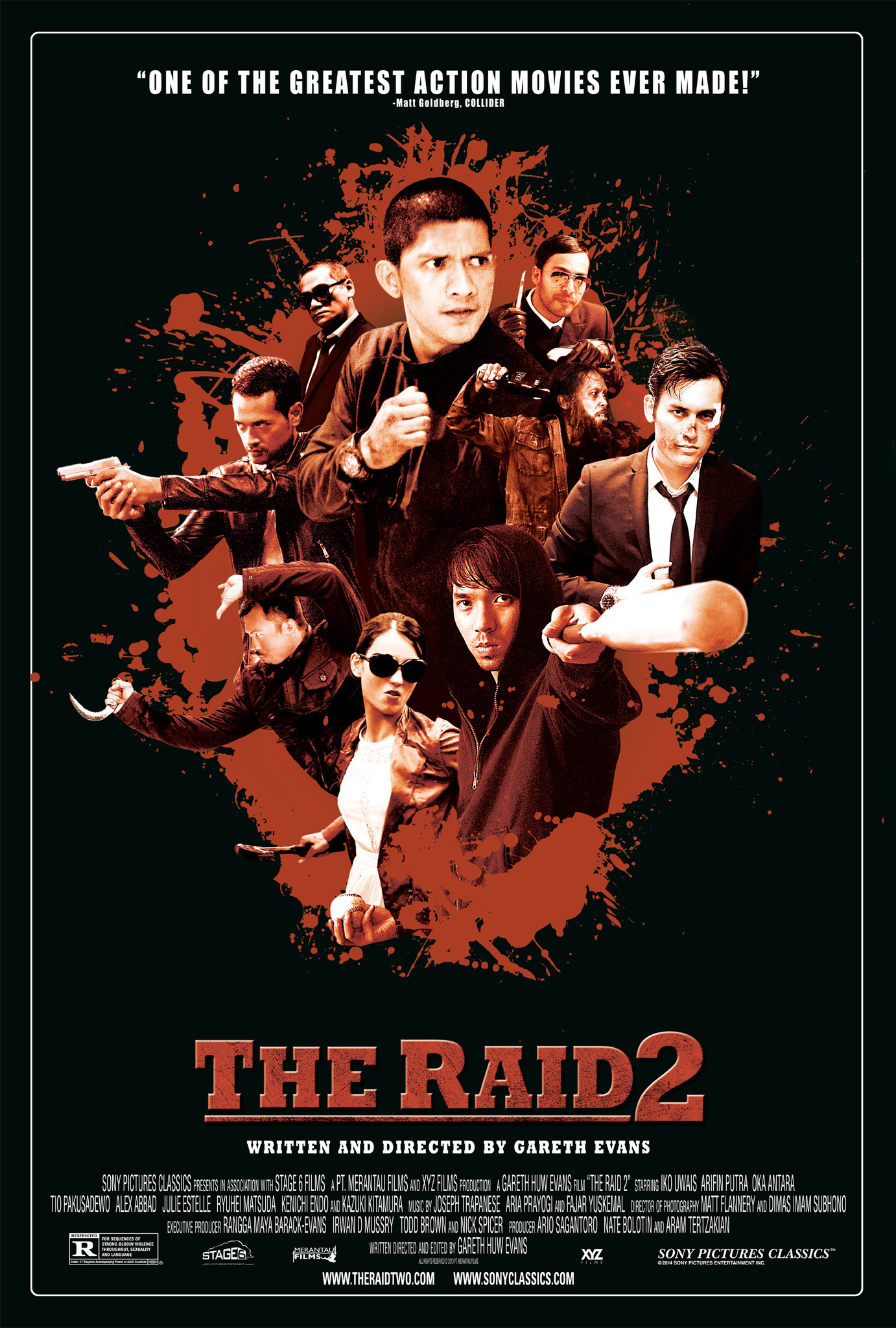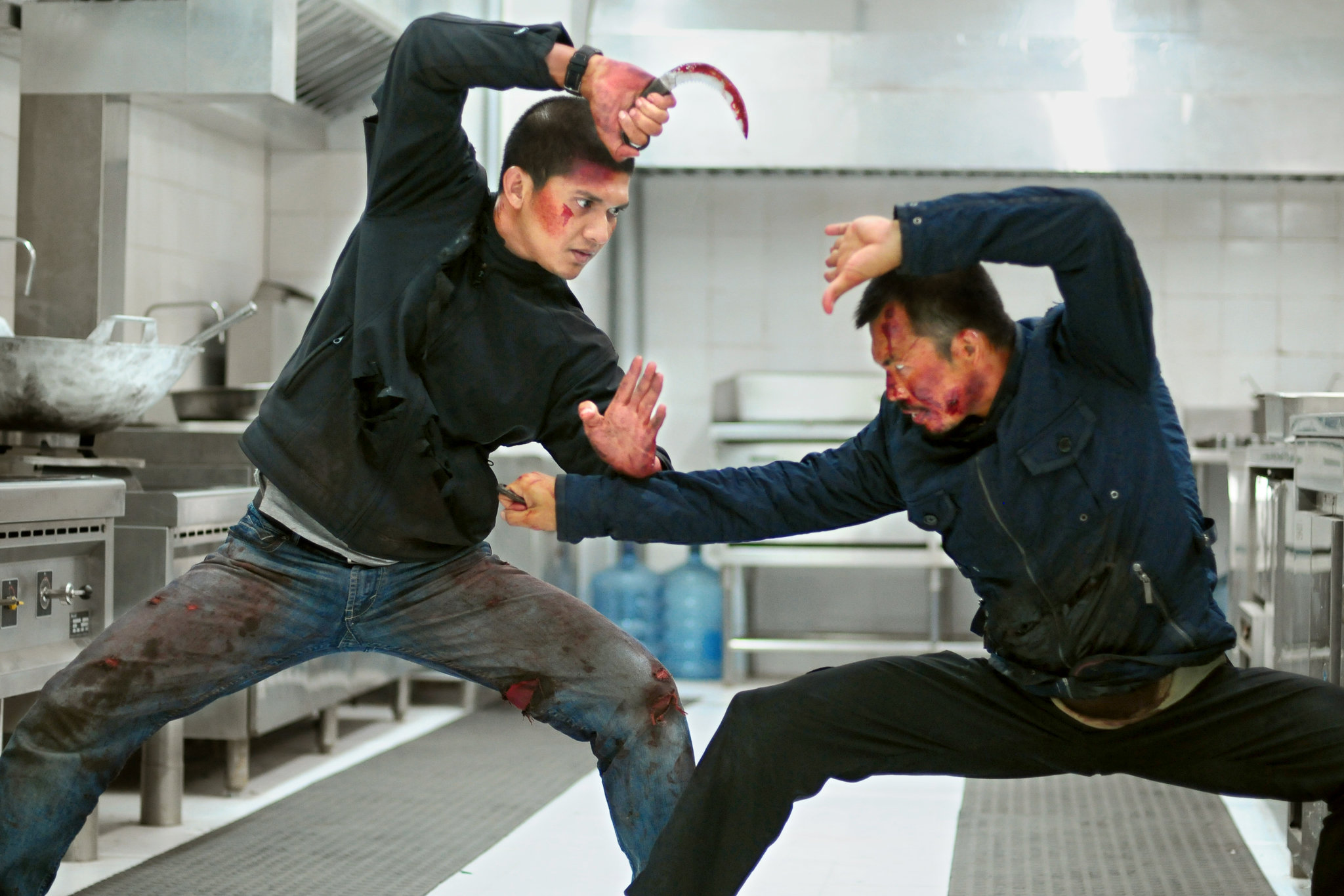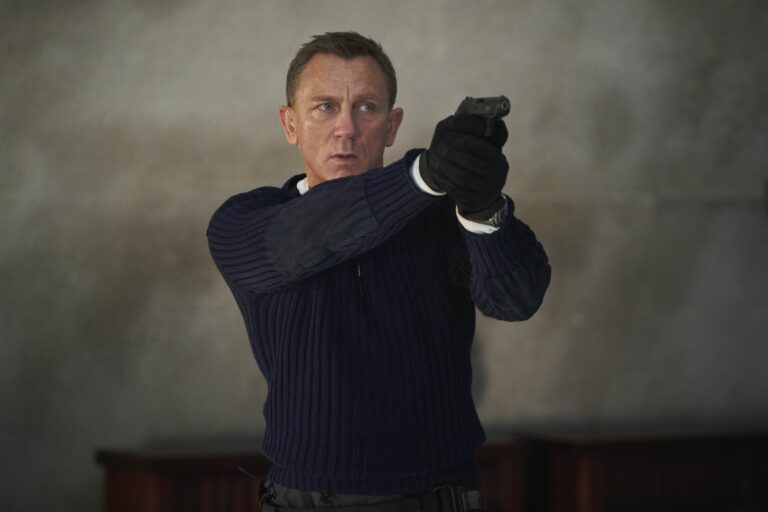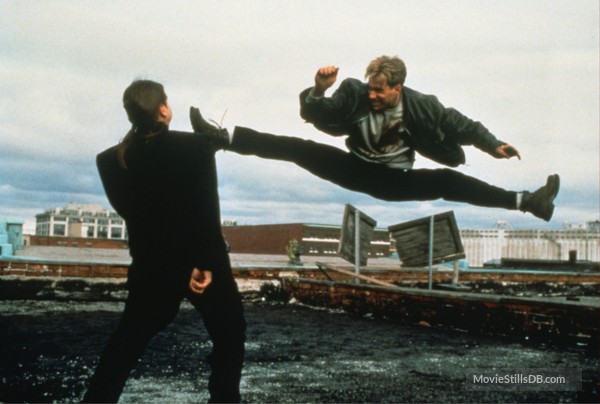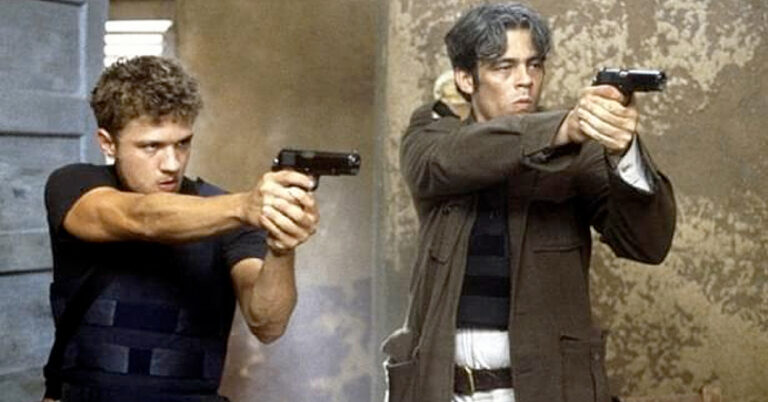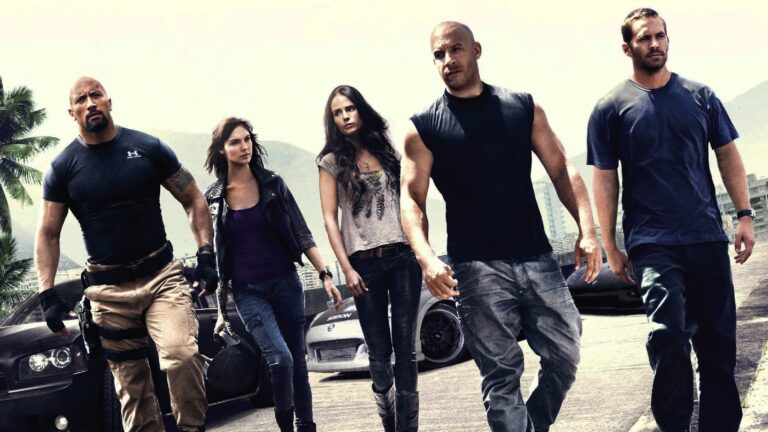Gerard Butler is the perfect flawed anti-hero, but is he the action hero we actually need?
I liked Den of Thieves! I really did. After watching Bloodsport for the thousandth – but first on Netflix – time, the app autoplayed a trailer for Den of Thieves and I was amazed that I had never seen this film since it came out in 2018. The auto-play trailer was actually just a scene from the movie, the hostage-heist of the bank towards the end that brought a hard-cinema vibe similar to Sicario or Savages.
So, I bought in and watched it full and through because what else is anyone going to do! (Editor’s note: this review is coming out during the times of coronavirus.) And I gotta say, Den of Thieves is a hella awesome action slapper that is another ultimate bonnet for unsung modern action star Gerard Butler. However, while I did love Butler’s portrayal of Detective Nicholas “Big Nick” O’Brien, as well as his counter-star’s work with Pablo Schreiber as Ray Merrimen, what really stuck out to me is just how far we’ve come in modern action cinema from having anything close to an old school, noble, bonafide action star.
Instead, as Den of Thieves is a perfect example of a loooooong list of action vehicles with damaged, devious and dastardly anti-heroes who we’re supposed to feel a bit sick to our stomachs when they A) “win” at the end of the movie, or B) flame out and die due to their own character flaws as a reminder that action stars are dead and nothing is good in the world.
Almost Ultimate: How ‘Law Abiding Citizen’ Couldn’t Quite Cut It
From Heat to The Departed
Den of Thieves is nothing new to any of this though, it’s just a nice packaging and some great performances of a familiar tale in action and thriller tradition. Butler’s Detective O’Brien is the good guy cop who’s actually maybe more of a bad guy, and Schreiber’s Merrimen is the bad guy robber who’s actually maybe more of the good guy. It reminds me a little of The Departed for its opposite-sides of the law leads, but of course much more of movies like Heat as the two leads don’t quite play the infiltration game and share many scenes together – but are always at each other’s throats.
Mano a Mann-o: Why ‘Heat’ Remains Essential Action in Modern Cinema
Gerard Butler and Pablo Schreiber
It quickly gets messy as to who you’re supposed to be rooting for as the characters evolve throughout the film with Butler’s O’Brien showcasing some serious anger issues and a toxic masculinity that is ruining the lives of everyone around him. And while Schreiber’s Merrimen is maybe supposed to become the more virtuous of the two, the movie doesn’t quite go all in on making him a better person save for a few moments where he seems to care about the rest of his crew (guess what happens to all of them though).
These character dynamics notwithstanding though, Den of Thieves does a great job of creating two seperate, but similar worlds which the viewer gets to hang out in. There’s some great action sequences in it too with a very powerful opening car heist, as well as a very intense – and deep – 20 minute chase, shootout, showdown at the end. Butler chews the scenery with his over-the-top O’Brien and does channel a little vintage action in his great interactions with other agencies trying to take him off HIS case. And Schreiber – perhaps an unknown to much of the action community – bulks up into a very formidable foe to Butler. Along with a great ending, there’s a few tense, Heat-esque, sequences where these two briefly meet that are outstanding.
The Future of Action Heroes?
Trying my BEST to not give away any spoilers, the movie does have somewhat of a twist at the end and all I can say is that O’Shea Jackson Jr.’s character Levi Levoux is of some importance. It also leaves an ending where, flawed as both our dual pro/antagonists are, Jackson Jr. might be the only character of any virtue. And while this might be because he’s more of a minor character (you can’t develop every character thoroughly), as well as maybe just a cop-out in the narrative storytelling, it almost feels like one of the last options for action movies as a way to not give any of our majorly flawed anti-heroes any sort of recognition – because they don’t deserve any.
That was pretty much the biggest takeaway from watching Den of Thieves, especially during some very sequences in the middle where Butler’s O’Brien was at his absolute worst was the question: is this the future of action heroes? Just making them more awful by the decade? I know anti-heroes have been big for awhile from TV heroes like Don Draper and Walter White, and it might be too unbelievable to go back as far as Chuck Norris as Matt Hunter in Invasion U.S.A., but jeez. There’s gotta be a way for action movie heroes to be something a bit less than despicable.

